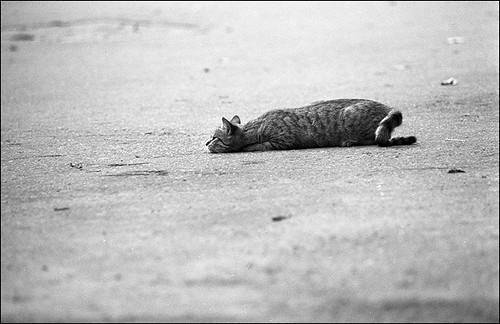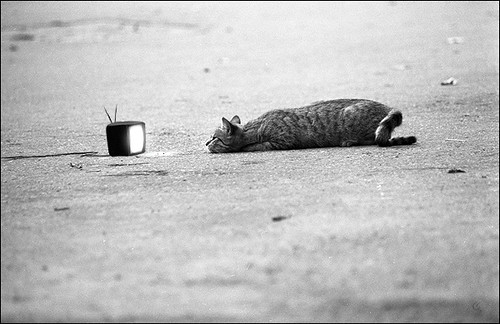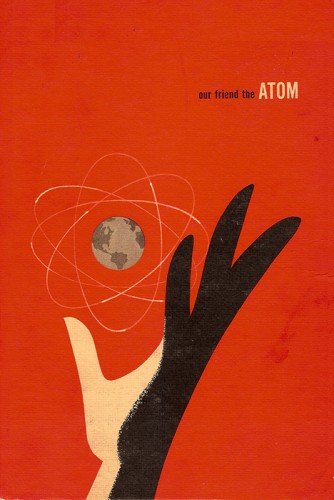The very basis of creativity is the recombination of existing elements into something new. No, it’s deeper than that – it’s the basis of a nuanced communication, the most exceptional and essential distinguishing human trait. Recombination and adaptation trace ideas through time and can offer a cutaway view of the mind. They delight and instruct.
I wouldn’t normally consider any of this controversial or even necessarily interesting to discuss. It seems obvious, especially if you study history or literature. It’s very difficult to comprehend these fields without context, and literature in particular is enriched immeasurably by a web of allusions, references, and borrowings. Even originality is praised for its new perspective, rather than its utterly novel content. And particularly where narrative is concerned, there are no new stories, only new combinations of circumstances and personalities and approaches. Life is remix culture.
Today we’re grappling with a new threat to this essential aspect of human interaction: corporate exploitation of intellectual property. Because consumerist, corporate culture is so interested in generating revenue, and because revenue opportunities are optimized where traffic is controlled, we now live in a matrix of labels of what belongs to whom and how it may be transferred, copied, or licensed. This can work well in a particular environment – as when statutes provided a method for publishers to obtain rights to make copies of written works in at a time when printing was expensive and uncommon, or in the case of the US Patent Office, which grants inventors a term of exclusive commercial opportunity in exchange for prompt publication of their inventions.

Intellectual-property claims can also be used as a cudgel, as when corporations acquire patents for the purpose of bringing legal action against other entities that they claim infringe on those patents. Or when corporations use technological means of control to limit fair use (under cover of protection of property) of copies of content sold into the marketplace. These strategies carry the risk of if not outright limiting creativity, at least skewing it toward the best capitalized entities in the culture, something we might understand here today as Disneyfication.

This issue populates thousands of articles, books, blogs, court cases, legal letters, and conversations around the world. If you don’t know much about it, you might be interested if you like being able to listen to the music you buy on any playing device you own. Or like lively teaching that uses clever and memorable examples from works in the culture to help students more rapidly understand their subjects. Or just enjoy art.



